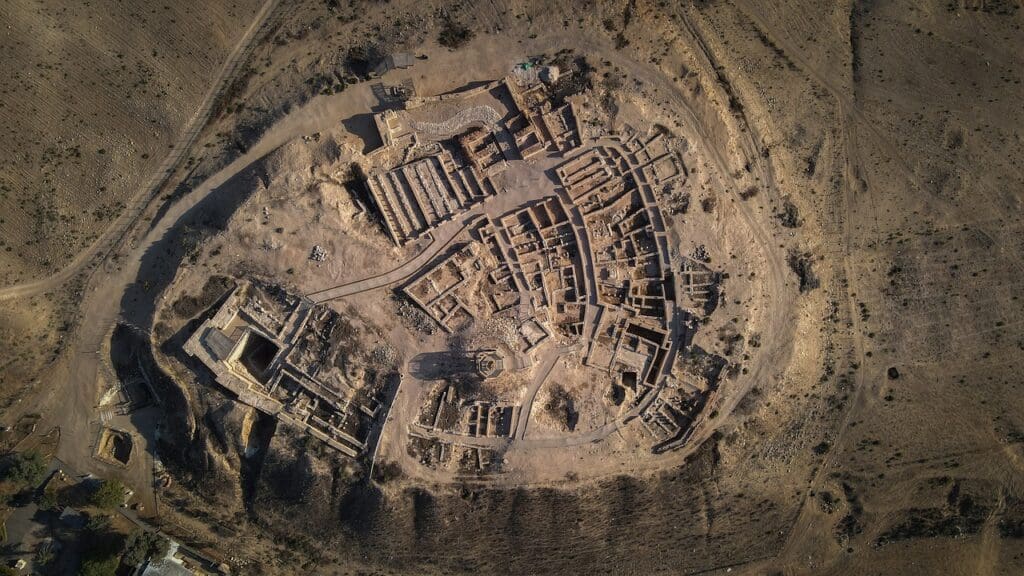
What Lies Buried
When touring biblical historic sites in Israel it is common to hear the labels of “traditional” versus “authentic.” Traditional sites are those that claim significance through word-of-mouth, but don’t necessarily have the physical evidence to back the claim. Authentic sights are actually very rare, and are generally a result of excavation with careful archeological study and testing. Because of this process, these sites are slow to make definitive claims, looking for the irrefutable relic. The traditional sites are generally underneath grandly erected churches of Byzantine, Roman Catholic, and Greek Orthodox architecture, and they attract huge crowds of people.
The fact is that physical history in Israel is buried. Whether in the countryside or in cities, earthquakes, storms, and the ravages of war have torn down, burned, and covered whatever was there. Every conquering occupier built on top of the ruins of their conquest. Almost the entire city of Old Jerusalem falls into this category with little besides sections of the retaining wall of the Temple Mount and the newly excavated ruins of the City of David predating Jesus. Even the Via Delarosa, although aged, is said to be built on top of streets where Jesus would have actually walked.
In observing this, I concluded that it could not be an accident that it was so difficult to authenticate precise locations where Jesus might have been. The grand churches, built, furnished, and decorated by men, are infamous for pilgrims jamming lines, waiting hours to catch a glimpse of someone’s purported tomb, or kissing walls and artifacts within reach. These actions straddle, if not cross, the line between adoration and idolatry – mostly at locations that are likely errant. To be very clear, I am not referring to those whose sincere faith to worship Jesus is ignited at these locations. But the unfortunate thing is that man seems to always gravitate to worshiping the tangible, rather than our invisible God.
Jesus chastised the Pharisees over something very similar. “You also say, ‘If anyone swears by the altar, it means nothing; but anyone who swears by the gift on the altar is bound by that oath.’ 19 You blind men! Which is greater: the gift, or the altar that makes the gift sacred?” (Matthew 23:18-19) So which is greater, the life of our Savior, or the physical things He might have touched? Could it be that God was trying to save us from ourselves by making it so difficult to locate authentic sites and relics?
If we find it easy to judge the error of this wrongly placed devotion, we’re really condemning ourselves for the same thing. How many times have we prayed for that spouse, the prodigal child, the healing, or the financial miracle we need only to see our unanswered prayers rocking our faith to the core? Could that spiritual shaking be the Lord calling our attention to our wrongly placed worship in what he does, rather than Who He is?
The Lord identifies Himself as a jealous God (Exodus 20:5, 3), and when He directs us to have no gods before Him, He is serious. Sadly, we have allowed the Lord to become buried by the debris of our lives, and have erected miscellaneous idols such as family, career, and success over the ruins in an attempt to authenticate Jesus’ presence. We’re not fooling Him. Let us be instead, the diligent archeologists, not satisfied with anything except the real and true. “The kingdom of heaven is like treasure hidden in a field. When a man found it, he hid it again, and then in his joy went and sold all he had and bought that field.” (Matthew 13:44)
